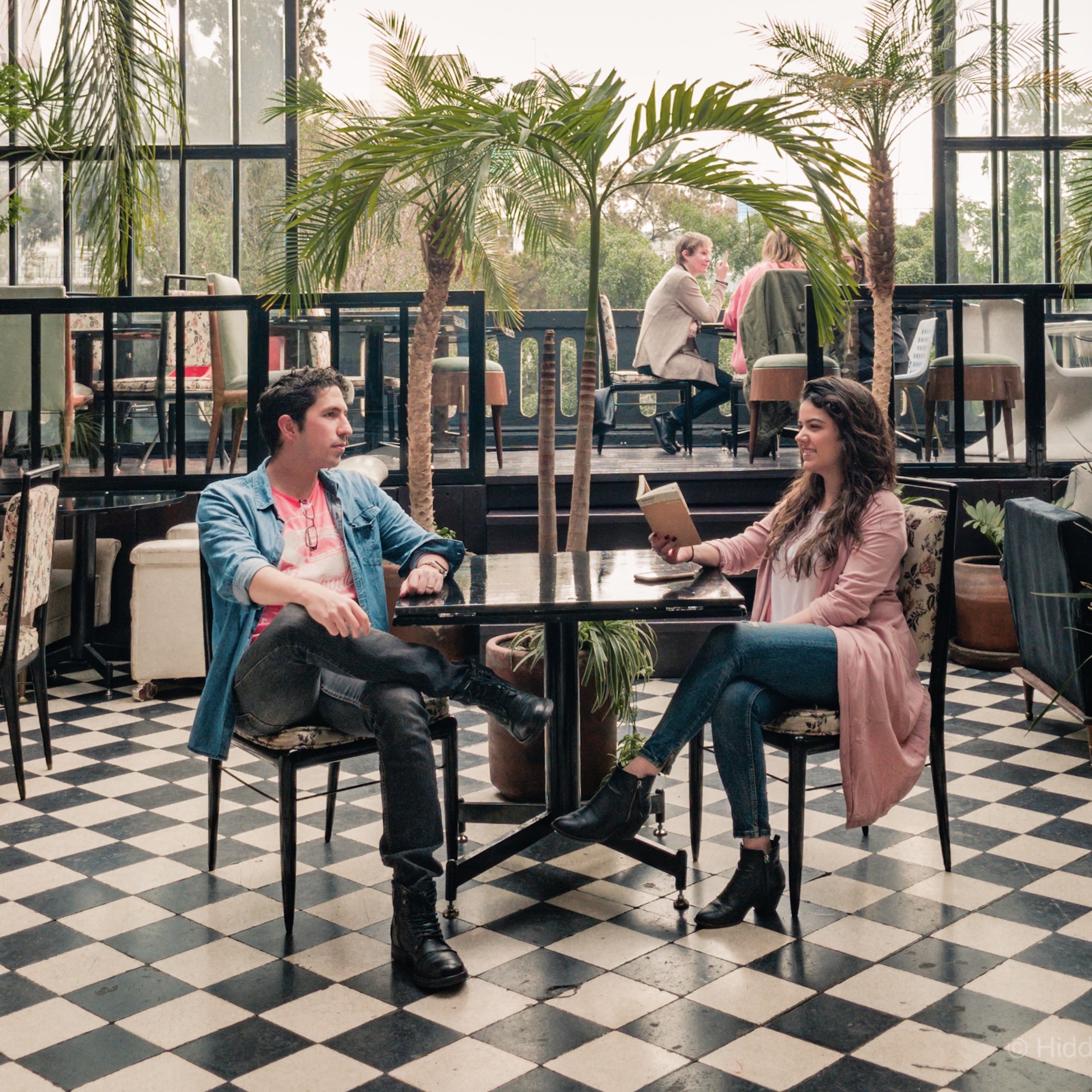
With the craft of pottery slowly dying, it is awfully inspiring seeing people like Felipe interested in recovering one of Hidalgo’s most important legacies; a tradition his father and many generations back lived and worked for.
The baby chicks running around the yard –watch your step–, the smell of wet clay and the vast display of pottery you see, as Felipe and his parents welcome you to their home, makes you immerse yourself in their country and hard working way of life.
From the moment you arrive to ‘Taller del Alfarero’ or Potter’s Workshop, you can sense how much Don Fausto and Felipe (father and son) share their love for this art.
After a brief showcase of the pieces and molds, done and used by their ancestors, you will step into the workshop. Here, you’ll have the chance to be them for the day: from crushing the rocks of raw clay with a stick, to making a piece on a potter’s wheel (Demi Moore will automatically come to mind).





At the end, this beautiful experience is topped with an even better one: a delicious meal served on clay crockery, with traditional music on the background –sometimes, Felipe sings–. You can arrange for a full meal or just an appetizer, like us: handmade buñuelos with café de olla (coffee brewed with piloncillo (panela)).

Useful information
Types of tours:
*Previous reservation needed.
- Basic: $35 mxn (30 min). Only a tour of the workshop with a brief explanation.
- Medium: $60 mxn (1.30–3 hrs). Tour of the workshop, working with clay and eating buñuelos with café de olla.
- Complete: $300 mxn (3–4 hrs). Tour of the workshop, working with clay and having a full meal with alcohol and music. It can be arranged for breakfast, lunch or dinner.
Contact:
Felipe Cortés Lozada
Cel. (044) 771-722-6022 / (044) 771 701-5870
Mail: [email protected]
Address: you can walk 10 minutes from the town center, or take a cab for a 5-minutes drive, to here. If you get lost, ask for Felipe Cortés’ home or ‘Taller del Alfarero’.
English guide:
Alejandro Godínez
Cel: (044) 771-722-3702
Mail: [email protected]
*As he’s the only bilingual guide in the area, you have to book his services one month in advance. We didn’t get the chance to meet him, so talk with him beforehand.
Tips:
- Arrive to Huasca de Ocampo on Thursday and arrange the experience that same day. This way, you’ll have plenty of time to enjoy the tour and next morning you’ll have the chance to see the town in all its glory (town center’s stores open only on weekends, but it can get a little bit crowded).
- You can ask for a guide/map, recommendations and directions in the tourism office underneath the town center’s kiosk.
- The mixture of clay doesn’t have lead (like it used to many years ago), so it is perfectly safe to buy some cookware.

